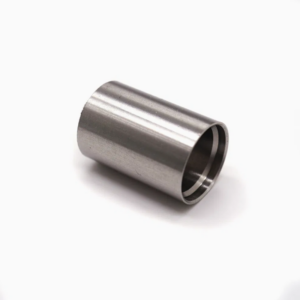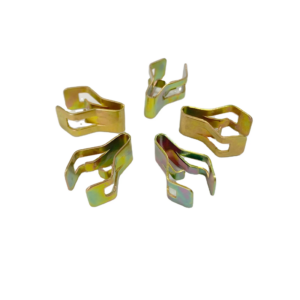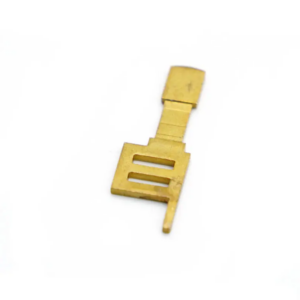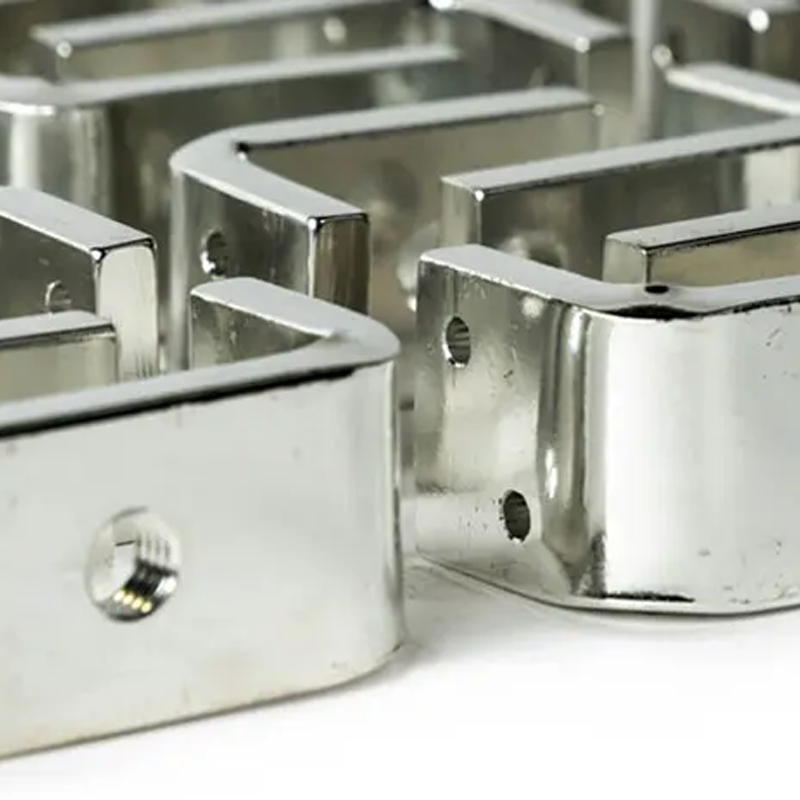Busbars have become a go-to solution for electrical distribution in numerous industries. However, choosing the right material for your specific application can be complex. Should you opt for copper, with its exceptional conductivity, current-carrying capacity, and mechanical strength? Or is aluminum, with its lighter weight and cost advantages, a more suitable choice for your needs?
In this blog post, we’ll dive into the essential distinctions between copper and aluminum busbars, offering insights to help you make an educated choice for your project. By analyzing the pros and cons of each material, you’ll be better equipped to evaluate your application’s unique requirements and select the most appropriate busbar.
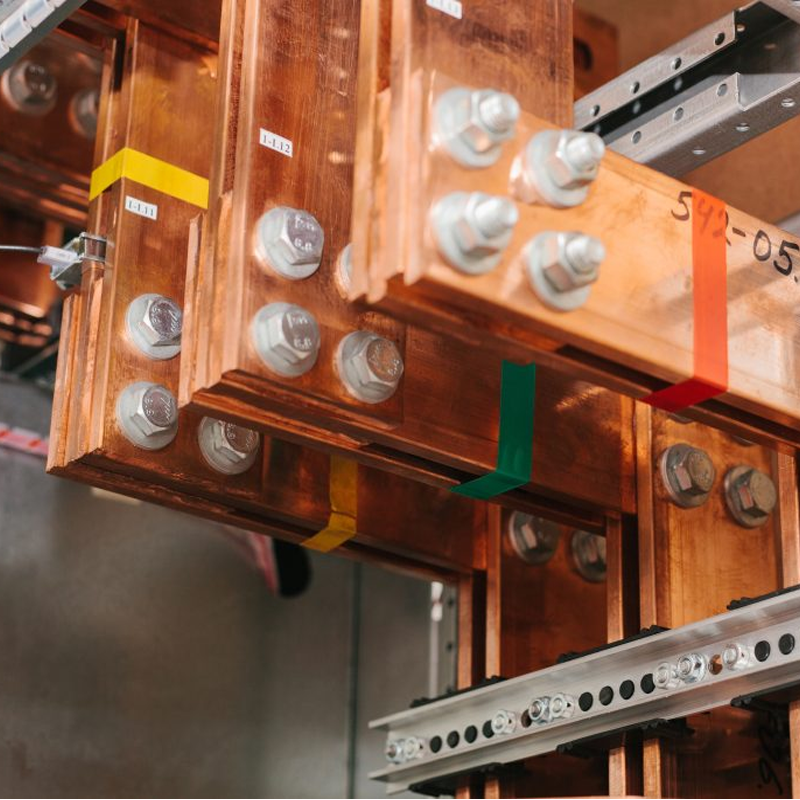
With a solid grasp of these critical factors, you can ensure your electrical distribution system operates efficiently and reliably. Let’s take a deeper look at how copper and aluminum busbars stack up against each other and figure out which one best fits your project needs.
Key Considerations for Choosing Copper or Aluminum Busbars
Selecting the right material for your busbars is a crucial decision. To help guide your choice, here are eight vital factors that differentiate copper from aluminum in busbar fabrication:
-
Electrical Conductivity
Copper leads the way in electrical conductivity, with a value of approximately 58 MS/m (mega siemens per meter), significantly higher than aluminum’s 37 MS/m. This means copper can carry more current with less resistance, making it the more efficient option in electrical applications.
Advantage: Copper
-
Current-Carrying Capacity (Ampacity)
Thanks to its superior conductivity, copper busbars typically support a higher current load than aluminum busbars of the same size. This results in enhanced performance and reduced risk of overheating, especially in demanding environments.
Advantage: Copper
-
Mechanical Strength
Copper’s higher density and tensile strength give it a clear edge in mechanical durability. It’s more resistant to wear and deformation, ensuring longer-lasting and more secure electrical connections. Still, aluminum can offer sufficient strength in many applications if engineered correctly.
Advantage: Copper
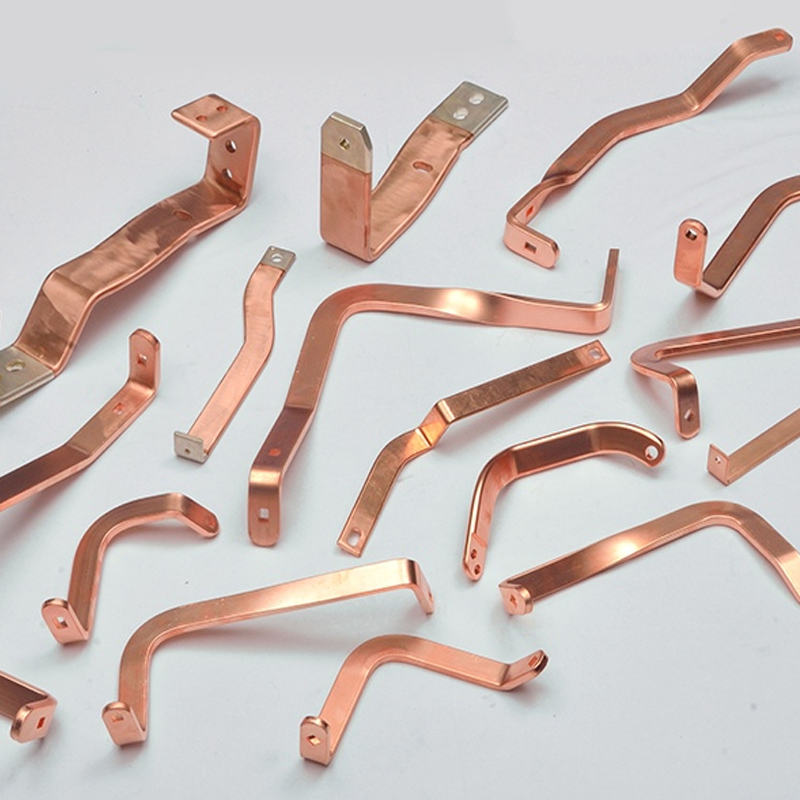
-
Resistance to Corrosion
Copper generally provides better corrosion resistance, though aluminum can form a protective oxide layer that helps guard against corrosion in certain settings.
Advantage: Copper
-
Thermal Expansion
Aluminum has a higher thermal expansion rate than copper, which can result in greater expansion and contraction with temperature changes. This may affect the stability of connections over time. Copper’s better mechanical properties contribute to a longer operational life and lower maintenance requirements.
Advantage: Copper
-
Weight
Aluminum’s standout feature is its light weight. It is significantly less dense than copper, making it easier to transport and install—especially in situations where weight is a critical factor, such as in aerospace or mobile equipment.
Advantage: Aluminum
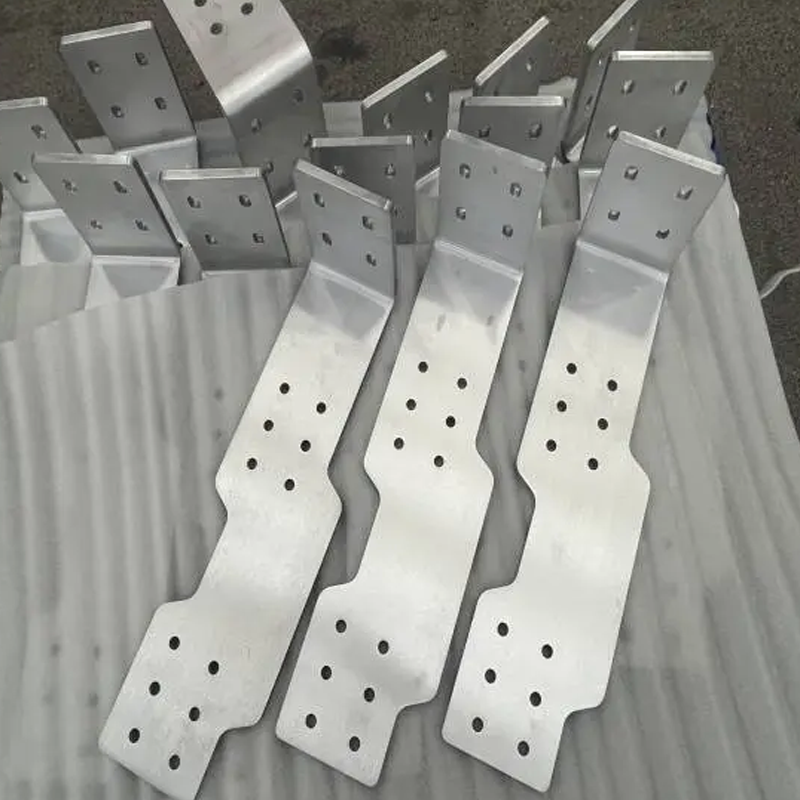
-
Cost Considerations
Budget is always a factor. Aluminum is more cost-effective than copper, making it a more attractive choice for large-scale projects or where cost control is crucial.
Advantage: Aluminum
-
Material Availability
In certain regions, copper might be harder to procure than aluminum, which could affect availability, lead times, and pricing.
Advantage: Aluminum
Deciding Which Busbar Material Suits Your Project
Ultimately, the choice between copper and aluminum busbars depends on the specific requirements of your project. Key factors like performance needs, budget, and environmental conditions will all influence your decision.
Opt for Copper Busbars When:
- You Need Superior Conductivity: Copper busbars are ideal for applications demanding high conductivity and low resistance, such as in power generation, transmission, and high-power electrical systems.
- Reliability is Critical: Copper’s strength and durability make it a top choice for critical infrastructure, such as substations, data centers, and industrial plants.
- Corrosive Environments: For outdoor or challenging environments, copper’s resilience against corrosion ensures a longer service life.
- High-Capacity Systems: Copper’s ability to support high current loads with minimal voltage drop makes it perfect for motor control centers, switchgear, and power distribution panels.

Choose Aluminum Busbars When:
- Budget is a Priority: Aluminum offers a more affordable solution for large-scale projects where cost efficiency is key.
- Weight is a Concern: In industries like aerospace, automotive, and marine, where every pound matters, aluminum’s lighter weight is an advantage.
- Heat Management is Crucial: Aluminum dissipates heat more effectively than copper, which can be beneficial in applications where thermal regulation is important.
- Flexibility in Design: Aluminum’s flexibility makes it easier to bend and shape, which is useful in applications requiring complex configurations, such as busway systems.
- Utility-Scale Projects: Aluminum’s affordability and suitability for high-voltage transmission make it a common choice for large energy projects like solar farms and power grids.

Custom Busbar Fabrication by Plantmetal
At Plantmetal, we understand that selecting the right busbar material is just the first step. We specialize in the custom fabrication of both copper and aluminum busbars using advanced machinery such as turret punches, laser cutting, and press brakes. This ensures precision fabrication tailored to your exact specifications, all while optimizing costs and shortening lead times.
If you’re ready to start your next busbar project, get in touch with us today!

